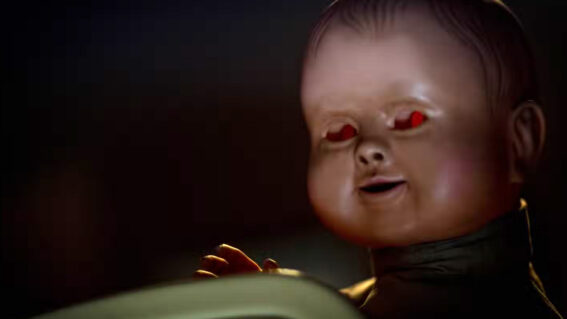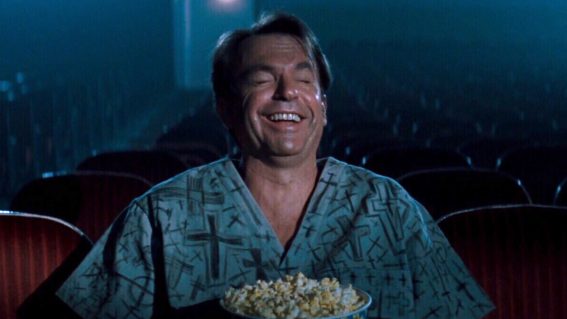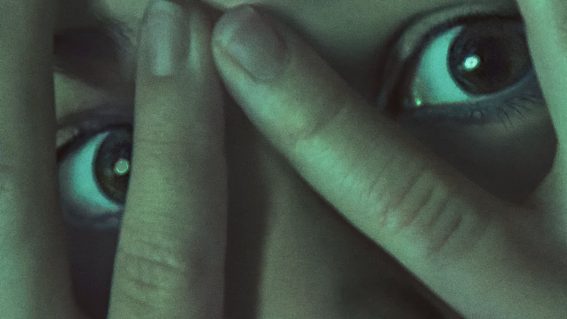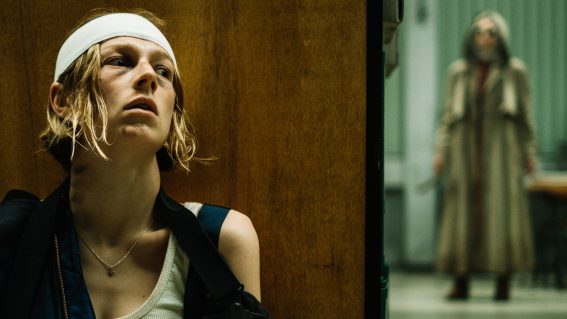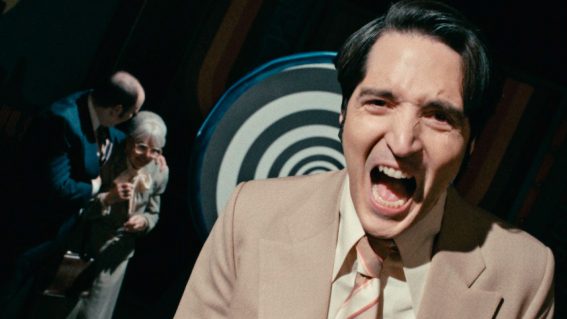Ti West forgets to add X factor to complacent horror threequel MaXXXine
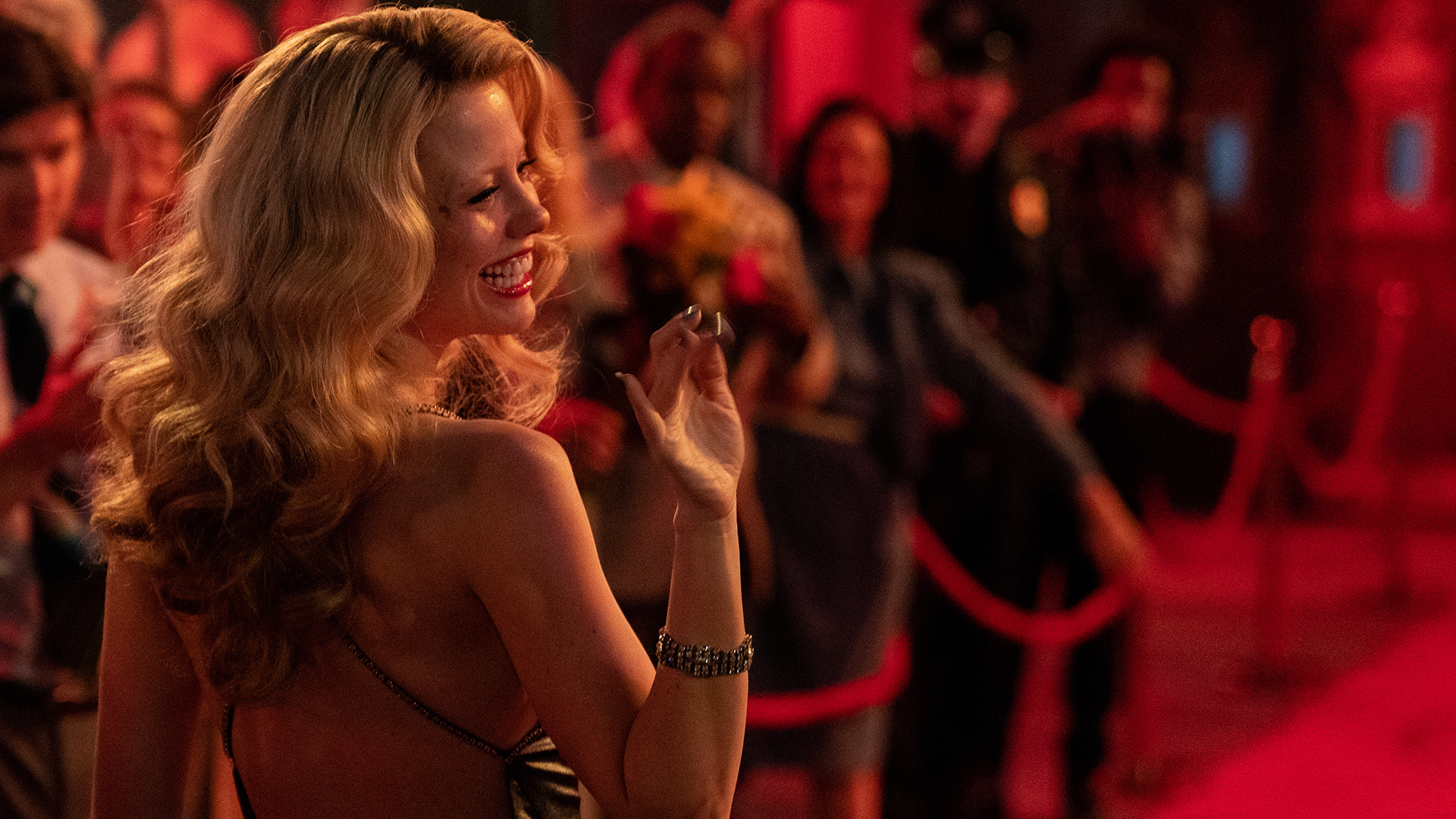
Mia Goth returns as the star of MaXXXine, the Hollywood-set sequel to Ti West’s X and Pearl. It’s a disappointing and half-baked conclusion to a pair of more fresh-feeling horror homages, says Eliza Janssen.
Ti West’s X wasn’t meant to spark a horror trilogy. The superior prequel Pearl, released so quickly after its 1970s skin-flick slasher predecessor, elevated the first film’s nascent themes of fame, age, and regret, whilst also boosting star and co-writer Mia Goth into the scream queen big leagues. All of Goth’s leading ladies throughout this surprise franchise are desperate to be loved and seen by as big an audience as possible, and so a threequel became inevitable—what would it look like to see Maxine’s ambition, to see Pearl’s empathetic madness, finally pay off?
Well, be careful what you wish for. Writer and director West had more time to develop MaXXXine than he was afforded for either of the first two X instalments, but it doesn’t show, in this disappointing and half-baked conclusion to a pair of more fresh-feeling horror homages.
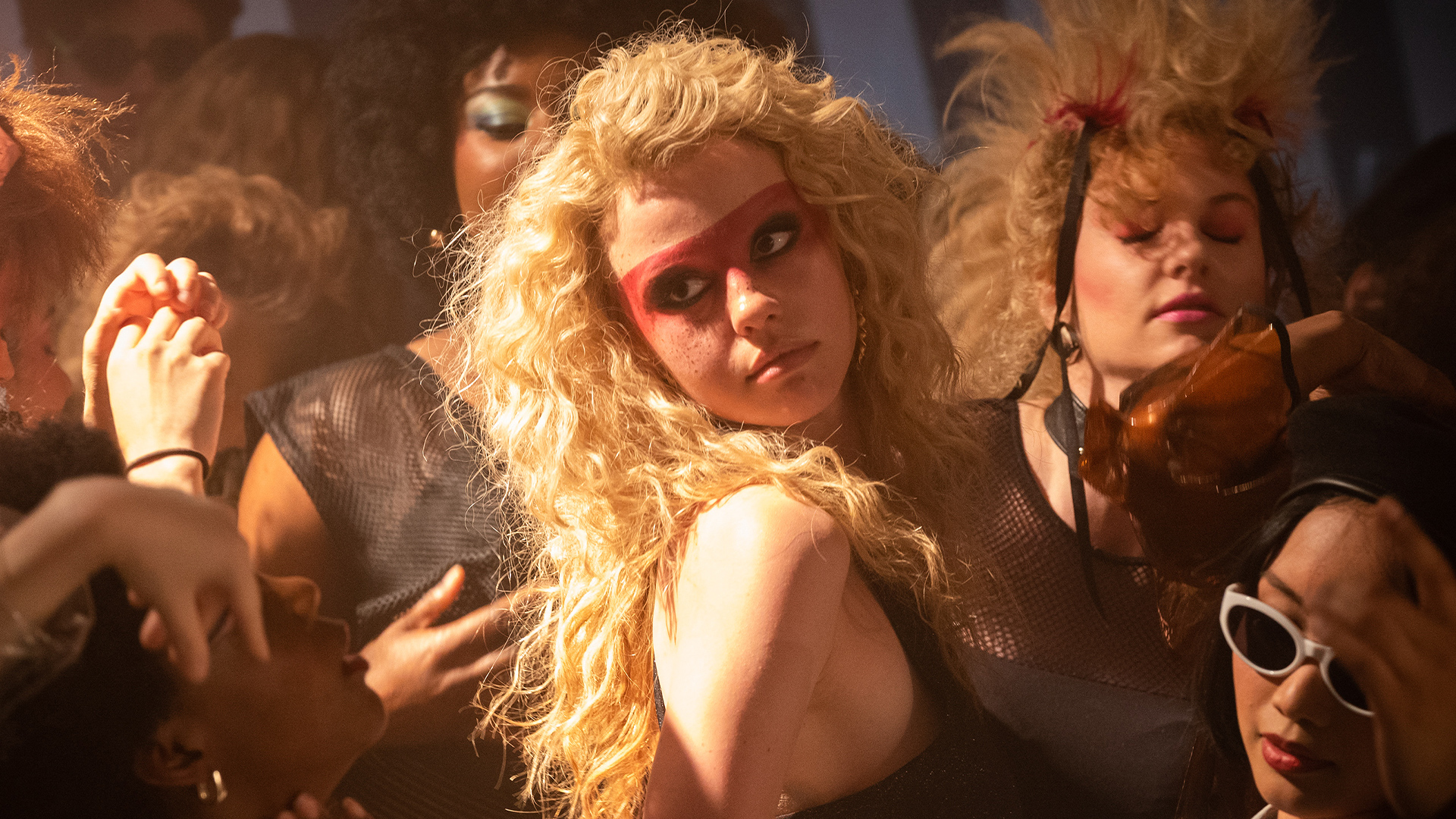
Goth’s characters got our attention and affection by screaming about their yearnings to be “a starrrrr”, in seedy adult cinema or otherwise, and yet the road there seems to have sapped X final girl Maxine of her personality, her amorality, her guts. In her eponymous and most character-centric chapter, Goth’s wannabe gets what she’s been dreaming of—while her fans are left cold, waiting along an empty red carpet.
Perhaps the movie struggles to find new and shiny corners of the 1980s horror scene to illuminate. X and Pearl played with more cultish textures of the genre—gnarly, grainy indie grindhouse, and early cinema’s idyllic showgirl pageantry respectively. MaXXXine sets its scene with promise in 1985 Los Angeles, making some touristy stops along seamy boulevards and the Psycho set on the Universal Studios backlot. Opening on a salty Bette Davis quote, we see Maxine absolutely nail the audition that’ll take her from X-rated infamy to the (relative) legitimacy of studio horror, and holler in the faces of all other auditionees that they might as well go home. These scenes are what we expect of Goth, after the manic showcase she blessed us with in Pearl—but they’re also kind of the first and last moments we get of Maxine being an actual character, in her own damn movie.
She’s given plenty of busy work and tense two-hander conversations, sure; dealing with a mysterious blackmailer who knows what she did last summer in that Texas barn, and witnessing her sex worker friends getting picked off by the Night Stalker terrorising Hollywood. But West literally doesn’t shed much light on the work Goth is doing here, blurring any expression or reaction in murky shadow. The film has giallo touches—a sexually-repressed hidden killer in black leather gloves, beautiful decapitated heads bouncing across the screen—but if they scare Maxine, we wouldn’t know. She’s become a steely, straight-up hero here, all of her seductive desire and drive from X flattened into monotonous badassery.
West also fails to make the most of a glitzy, recognisable supporting cast, dressing up pop stars Halsey and Moses Sumney as body count fodder and Bobby Cannavale and Michelle Monaghan as thankless, useless cops. Elizabeth Debicki and Goth look great, posing in big shoulder pads and waxing poetic about doing “whatever it takes” to craft cinema’s dark magic—but it’s all tell and no show.

Giancarlo Esposito at least gets to have some fun as a grubby agent, and actual 80s icon Kevin Bacon appears in the film much more than you’d expect as a Southern private eye menacing Maxine with her sordid past. He’s around for the only memorable kill in the film, and even then there are missed opportunities. Where’s the fabulously 80s fake blood, the loveably shaggy practical effects that plagued this influential video nasty era? An early scene has Maxine stomp on a stalker’s testicles, eliciting groans and laughs from the audience—but those dry up quickly once we get to the drab, paint-by-numbers third act. The villains in X and Pearl came from within Goth’s lead characters, turbulent refractions of female rage and mortal fear of lost potential. Here there’s a full-on, black-and-white bad guy, demoting Maxine to a less interesting position as a mere foil, a survivor we can root for.
And root we do (lol sex), because Goth and her striving character have laid the groundwork in two better films for us to hope that her rising star’s literal blood, sweat and tears come good. West decorates MaXXXine with easter eggs from the previous films (studio extras march past Maxine in WWI-era uniforms, looking like Pearl’s husband Howard or her imagined back-up dancers) and some bawdy sight gags (Simpsons-esque signage for a ‘pipe layers’ plumbing business, right out the back of Maxine’s strip club gig).
Such referential moments aren’t a sin in themselves, and I’d honestly be more down if the movie leant fully and shamelessly into 1980s, VHS-era horror pastiche—wringing the period and its cocaine-fuelled media for all their tainted glamour. But MaXXXine fails to introduce anything new or subversive to such meaty material, unfortunately feeling less like a forgotten cult gem from the era it romanticises and more like, say, The Puritan II: the flimsy, derivative film-within-a-film that Maxine hopes will rocket her name into the big leagues. Horror fans know that sequel isn’t always a dirty word, and Pearl proved that. This third entry just stands with Terminator 3 and Return of the Jedi in being its trilogy’s definite weak spot.







